Autotrophic vs heterotrophic nutrition
Two types of nutrition.
Autotrophic organisms create their own food from inorganic molecules, while heterotrophic organisms consume other organic matter.
Let’s discuss the differences between autotrophic and heterotrophic nutrition in more detail!
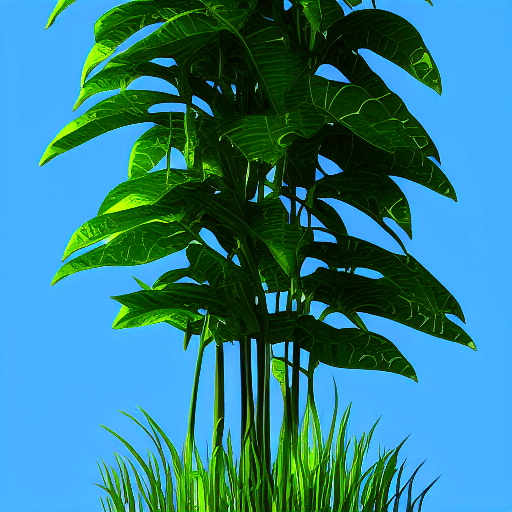
There are two main types of nutrition: autotrophic and heterotrophic.
- Autotrophic organisms, such as plants, photosynthesize their own food from simple inorganic molecules.
- Heterotrophic organisms, such as animals, must consume other organisms or their byproducts for sustenance.
There are many benefits to autotrophic nutrition.
Autotrophs don’t need to expend energy looking for food – they can simply create it themselves. This makes them incredibly efficient at harvesting energy from the environment.
Additionally, since they produce their own food, autotrophs are not limited by the availability of nutrients in their environment.
What is the difference between autotrophic and heterotrophic nutrition?
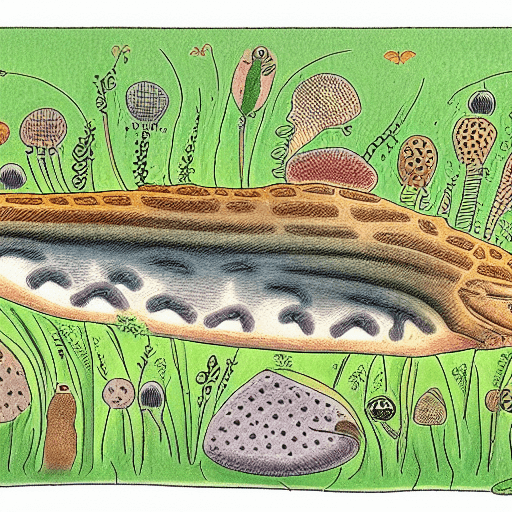
Autotrophic nutrition is a process where organisms produce their own food from simple inorganic molecules while heterotrophic nutrition is a process where organisms obtain their food from other sources.
The vast majority of plants are autotrophic, meaning they can produce their own food through photosynthesis.
However, there are a few exceptions, such as parasitic plants that rely on host plants for nutrients.
Animals are generally heterotrophic, although there are some exceptions, such as algae that can undergo photosynthesis. The main difference between autotrophic and heterotrophic nutrition is the source of food for the organism.
Autotrophs use simple inorganic molecules to produce their own food, while heterotrophs obtain their nutrients from other sources.
Similarities between autotrophic vs heterotrophic nutrition?
Both autotrophic and heterotrophic organisms are essential to the food chain, but they obtain their nutrition in different ways.
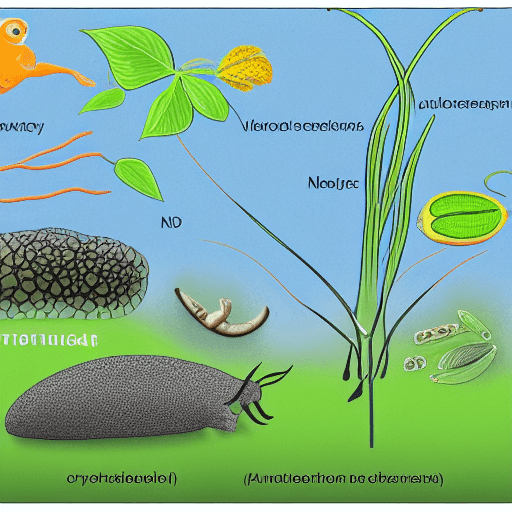
Autotrophs are able to produce their own food using sunlight and simple inorganic molecules, while heterotrophs must consume other organisms for food.
Both groups of organisms play an important role in the global ecosystem.
Autotrophs are typically divided into two groups: plants and photosynthetic bacteria.
Plants are the primary producers in almost all ecosystems on Earth, using sunlight to convert carbon dioxide into glucose.
Photosynthetic bacteria perform a similar function, but they are found in environments where there is little or no sunlight, such as deep-sea hydrothermal vents.
Heterotrophs include all animals, fungi, and most bacteria.
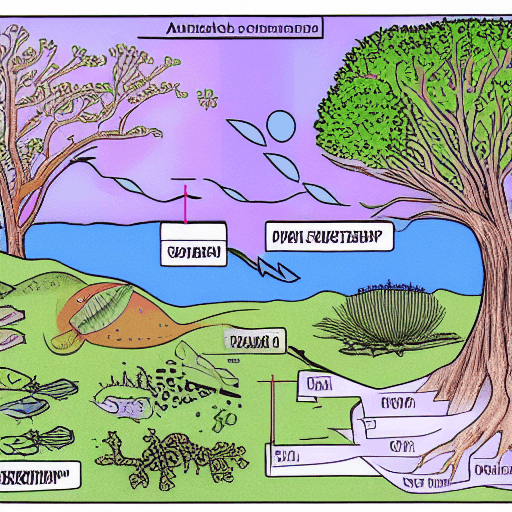
Consumers cannot produce their own food and must rely on other organisms for sustenance.
Some heterotrophs are herbivores that eat plants, while others are carnivores that eat other animals.
Other heterotrophs, such as decomposers, break down dead plant and animal matter and recycle important nutrients back into the soil.
While autotrophs and heterotrophs have different nutritional needs, they are both essential to the global ecosystem.
Autotrophs produce the food that heterotrophs rely on for survival, and heterotrophs play an important role in recycling nutrients back into the environment.
Examples of autotrophic vs heterotrophic nutrition
All living things need a source of nutrition in order to survive.
There are two main types of nutrition: autotrophic and heterotrophic.
Autotrophic organisms, such as plants, obtain their nutrients from the environment, through processes like photosynthesis.
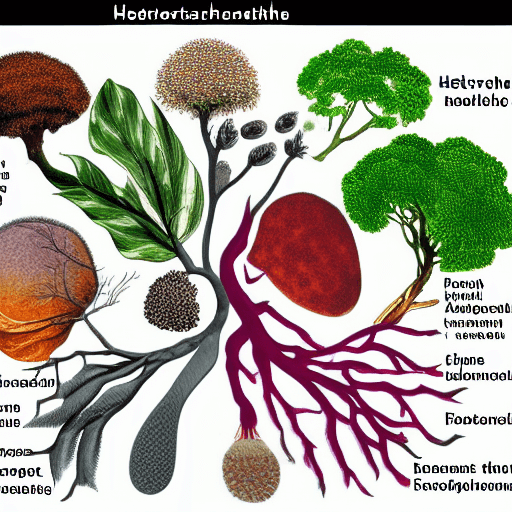
Heterotrophic organisms, such as animals, cannot produce their own food and must obtain nutrients by consuming other organisms.
Some examples of autotrophic nutrition include photosynthesis and chemosynthesis.
An example of heterotrophic nutrition is carnivory, which is when an animal obtains nutrients by eating another animal. While all living things need a source of nutrition, the specific type of nutrition required varies depending on the organism.
How do autotrophs and heterotrophs obtain energy from their environment?
Autotrophs are able to produce their own energy from simple inorganic molecules, while heterotrophs must obtain energy by consuming other organisms.
Both types of organisms are necessary for the survival of most ecosystems.
Autotrophs are typically plants or bacteria that use photosynthesis or chemosynthesis to convert sunlight or chemicals into energy.
This energy is then used to produce glucose from carbon dioxide and water.
Heterotrophs, on the other hand, must consume autotrophs or other heterotrophs in order to obtain energy.
Animals, fungi, and many bacteria are examples of heterotrophs.
Most heterotrophs obtain energy by breaking down organic molecules into simpler units that can be absorbed and used by the cells.
In this way, autotrophs and heterotrophs are linked together in a food chain, with energy flowing from one group to the other.
How do autotrophs and heterotrophs compare in terms of efficiency and sustainability?”
Autotrophs are generally more efficient than heterotrophs because they do not need to expend energy searching for food.
In addition, autotrophs are more sustainable than heterotrophs because they do not depend on other organisms for survival.
As a result, autotrophs are typically more successful than heterotrophs in terms of efficiency and sustainability.
In conclusion, autotrophic plants are able to produce their own food, while heterotrophic plants must rely on others for nourishment.
Article Sources
Jacks of Science sources the most authoritative, trustworthy, and highly recognized institutions for our article research. Learn more about our Editorial Teams process and diligence in verifying the accuracy of every article we publish.
